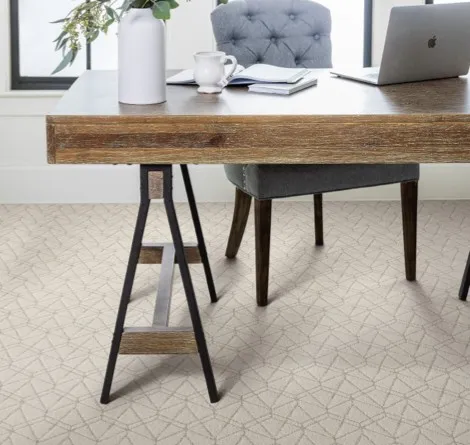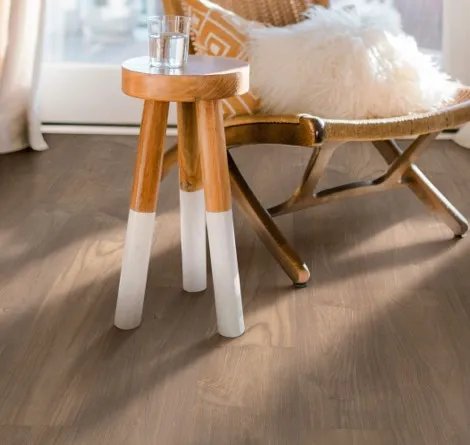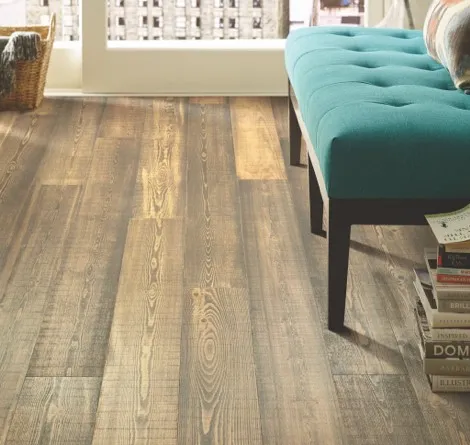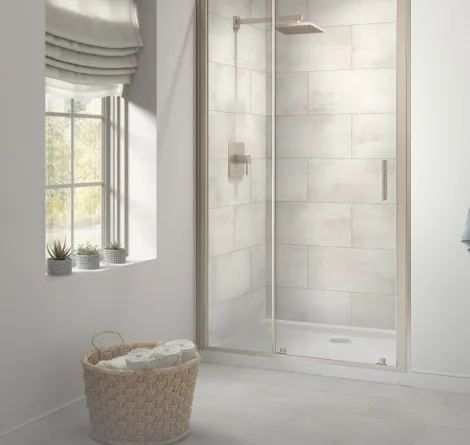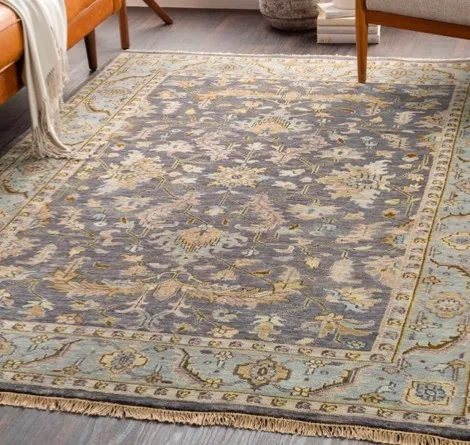Flooring
Let Nemeth Family Interiors help meet your flooring needs. Learn more about our incredible selection of flooring today!
Flooring In Covina, CA
Nemeth Family Interiors, of Covina, CA, has been proudly serving Covina, Glendora, Claremont, La Verne, West Covina, Azusa, Irwindale, and Baldwin Park, CA, for over 40 years. At Nemeth, we provide the flooring products and services that you need to make your renovation dreams come true. Offering everything from carpet, to tile, to hardwood, to laminate floors, let us help you make the right selections for your home. Browse our incredible selection of top flooring options, all from the industry's leading brands below. With more than 1,000 inventory options, we think you're going to find something to love!

